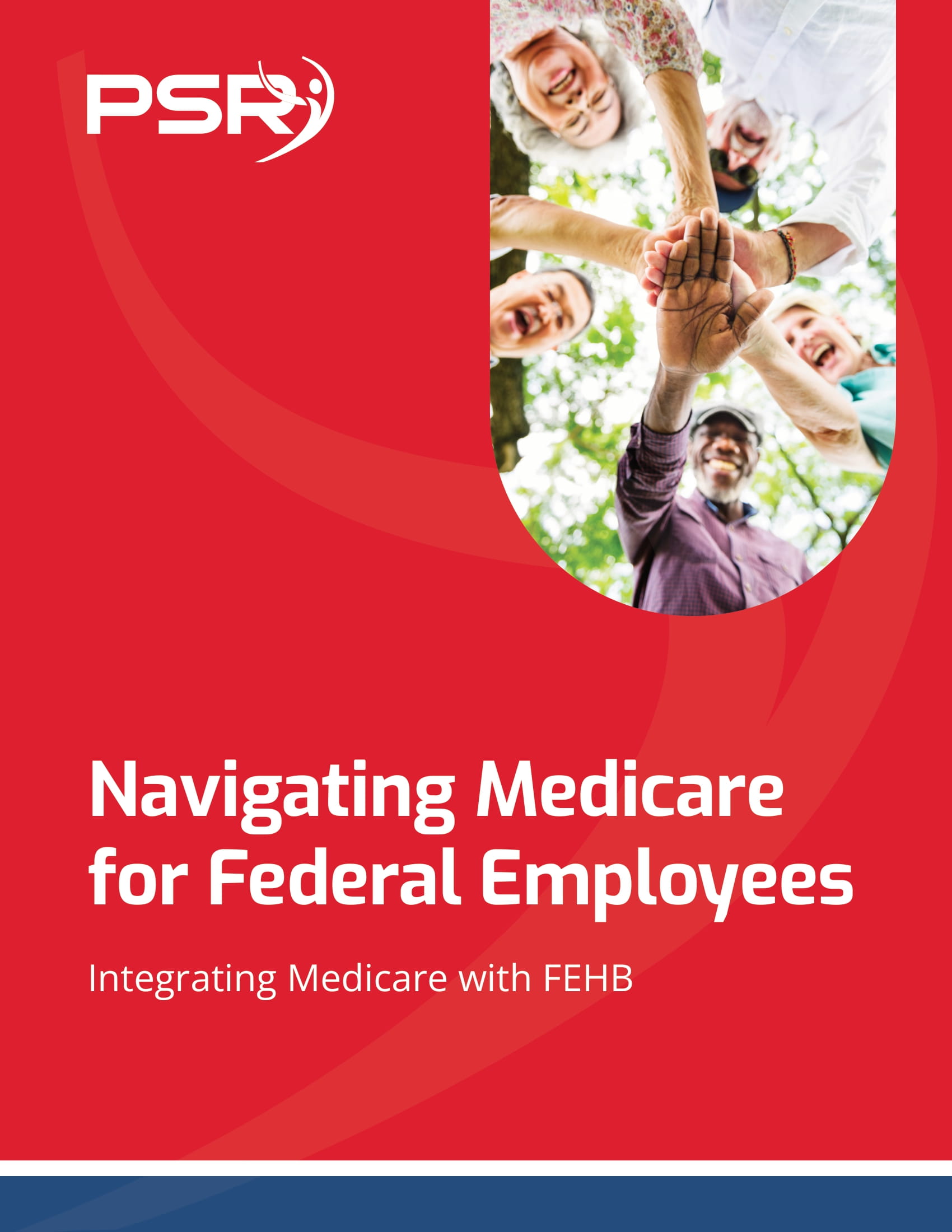Key Takeaways
-
Retiring under MRA+10 rules in 2025 can lead to permanent pension reductions if you do not time your retirement strategically.
-
Understanding how to minimize penalties and maximize health insurance eligibility is critical before making an early exit.
Understanding the Basics of MRA+10 Retirement
Minimum Retirement Age plus 10 years (MRA+10) offers government employees under the Federal Employees Retirement System (FERS) an early retirement path. In 2025, the MRA ranges between 55 and 57 depending on your year of birth. To qualify, you need to have reached your MRA and completed at least 10 years of credible federal service.
- Also Read: How Civilian Employees Can Turn Military Time Into a Bigger FERS Pension
- Also Read: Dropping FEGLI Sounds Smart—Until You Realize What It No Longer Covers After Retirement
- Also Read: Hitting 20 Years in Law Enforcement? Here’s What You Can Expect From Your Pension
How the Annuity Reduction Works
If you choose to begin receiving your FERS pension immediately upon retiring under MRA+10, your annuity is reduced by 5% for each year (or 5/12 of 1% per month) you are under the age of 62. For example:
-
Retiring at 57 would mean a 25% permanent reduction.
-
Retiring at 58 would mean a 20% permanent reduction.
-
Retiring at 59 would mean a 15% permanent reduction.
These reductions apply for life, making it crucial to calculate whether the early access to your pension outweighs the lower monthly payments.
The Option to Postpone Your Pension
One of the strategic moves you can make is to “postpone” your pension. If you retire under MRA+10 but delay receiving your annuity until age 62, you avoid the 5% reduction entirely. This postponement can provide you with a full, unreduced pension.
However, postponement does not mean you are still employed. You must resign from your position, and you will not have access to FERS benefits such as health insurance or life insurance during the postponement period unless you plan ahead.
Health Insurance and Life Insurance: Hidden Risks
Many retirees do not realize that leaving federal service under MRA+10 and postponing their annuity can affect their Federal Employees Health Benefits (FEHB) and Federal Employees Group Life Insurance (FEGLI) coverage.
To maintain FEHB and FEGLI into retirement:
-
You must have been covered for the 5 years immediately before retirement.
-
You must be eligible to receive an immediate annuity.
If you postpone your annuity, FEHB and FEGLI are temporarily suspended but can be reinstated once you start receiving your pension. During the postponement, you will need to secure your own health coverage, which may be costly.
When Your Minimum Retirement Age Matters
In 2025, your MRA is based on your year of birth:
-
If you were born in 1968 or later, your MRA is 57.
-
If you were born in 1967, your MRA is 56 and 10 months.
Understanding your exact MRA is critical because retiring even a few months earlier than intended can trigger higher reductions and unexpected issues with benefit eligibility.
Social Security Considerations
Retiring early under MRA+10 rules does not automatically make you eligible for Social Security benefits. Social Security eligibility still depends on your age and work credits.
-
In 2025, you can claim Social Security as early as age 62, but with a permanent reduction compared to your full retirement age.
-
Full retirement age (FRA) for individuals turning 62 in 2025 is 67.
If you retire at your MRA and have no income between retirement and 62, it may impact your Social Security benefit calculation since benefits are based on your highest 35 years of earnings.
Thrift Savings Plan (TSP) Access
The Thrift Savings Plan can be a lifeline if you choose early retirement. If you retire during or after the year you turn 55 (or 50 if you are a special category employee like a law enforcement officer), you can withdraw from your TSP without paying the 10% early withdrawal penalty.
However, TSP withdrawals are still subject to regular income taxes. Careful planning on how and when to access TSP funds is crucial to avoiding a large tax bill or depleting your retirement savings too quickly.
Survivor Benefits and Early Retirement
If you retire under MRA+10 and later marry or remarry, remember that survivor benefits for your spouse are linked to your pension elections at retirement. Postponing your annuity can complicate survivor benefit elections and future eligibility.
You must clearly specify survivor benefit elections at the time you start your postponed annuity. If you fail to do so properly, your spouse may not have access to your annuity after your death.
The Psychological and Financial Transition
Many employees underestimate the psychological and financial adjustment required after early retirement. While retiring at your MRA might sound appealing, you will likely face:
-
A longer retirement horizon, possibly 30 years or more.
-
Inflation risks that can erode your purchasing power over time.
-
Potential gaps in healthcare or life insurance coverage.
-
Reduced Social Security and FERS benefits if not carefully timed.
Early retirees must budget for longer timeframes without relying on assumptions about “working part-time” or “going back to work later,” as those plans may not always materialize.
Should You Take MRA+10 Retirement?
Deciding whether to retire under MRA+10 rules depends on several personal factors, including:
-
Your overall financial readiness.
-
Your health status and family medical history.
-
Your tolerance for reduced pension payments.
-
Whether you have access to other forms of healthcare coverage.
-
Your readiness for the lifestyle changes early retirement brings.
A detailed retirement plan that considers these elements can make the difference between a secure retirement and one filled with financial stress.
How to Mitigate the Risks
If you are seriously considering MRA+10 retirement in 2025, here are steps you should take:
-
Confirm your service time and MRA. Double-check your federal service records and your specific MRA.
-
Estimate your reduced and unreduced pension. Use official retirement calculators and projections.
-
Evaluate health insurance needs. Plan for potential gaps if postponing annuity payments.
-
Manage TSP carefully. Consider slow withdrawals to extend the life of your savings.
-
Coordinate with Social Security. Understand how early retirement impacts future Social Security benefits.
-
Review survivor benefits. Ensure you understand your options and elect properly when claiming your pension.
-
Work with a professional. Seek the advice of a licensed professional listed on this website for personalized strategies.
Building a Retirement Timeline
Creating a personal retirement timeline is essential. Here is an example of how you might structure it:
-
Age 55-57: Reach MRA with 10+ years of service.
-
Age 57: Retire under MRA+10.
-
Age 62: Start postponed FERS annuity to avoid reduction.
-
Age 62: Apply for Social Security (optional based on personal financial plan).
-
Ongoing: Manage TSP withdrawals carefully to preserve retirement income.
This type of structured approach ensures you understand when and how your various retirement benefits kick in.
Smart Retirement Planning is Critical
MRA+10 is an important tool for flexibility, but it comes with complex trade-offs. Many employees in 2025 are exploring early retirement because of burnout, organizational changes, or personal priorities. However, without careful planning, the “freedom” of retiring early can lead to unintended financial hardship.
Take your time. Analyze your benefits. Work with a licensed professional listed on this website who understands FERS retirement intricacies to build a customized strategy that supports your long-term goals.









